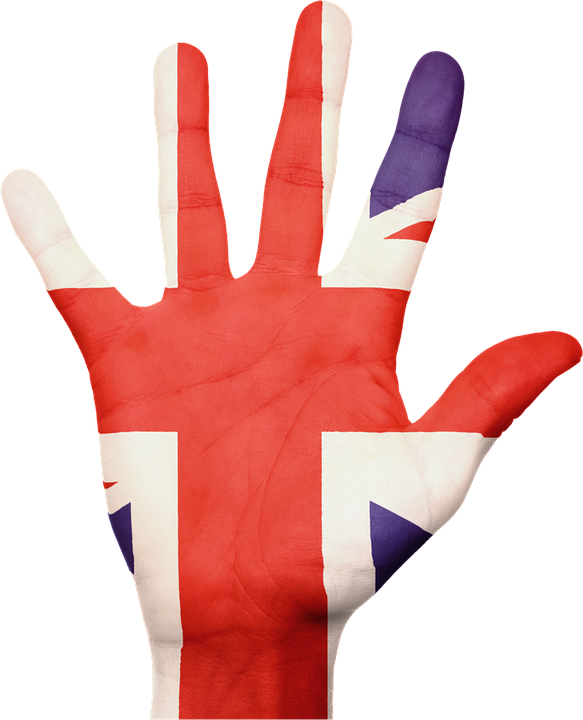Union Jack: A Look at the United Kingdom’s National Flag

Union Jack: A Look at the United Kingdom’s National Flag
The Union Jack is undoubtedly one of the most recognizable flags in the world. Its striking design of red, white, and blue has become synonymous with the United Kingdom and its rich history. But what is the story behind this iconic flag, and what does it represent? Let’s take a closer look at the Union Jack and its significance.
Origins and Design
The Union Jack, also known as the Union Flag, is a combination of three different flags representing the three countries that make up the United Kingdom – England, Scotland, and Ireland. The flag features a combination of the crosses of St George, St Andrew, and St Patrick, each representing these respective countries.
The design of the Union Jack is a symmetrical combination of red, white, and blue. The flag consists of a blue field with a white-bordered red cross in the center. This red cross is the cross of St George, the patron saint of England. In the canton (the top left-hand corner), there is a white diagonal cross on a blue field. This is the cross of St Andrew, the patron saint of Scotland. Finally, there are red diagonal lines crossing the white field to represent the cross of St Patrick, the patron saint of Ireland.
The design of the Union Jack has evolved over the centuries, with various changes reflecting the political landscape of the UK. The current design was formalized in 1801 when Ireland joined the United Kingdom, resulting in the inclusion of the cross of St Patrick.
Symbolism and Significance
The Union Jack is more than just a flag; it is a symbol of unity and heritage. Each element of the flag represents a different aspect of the United Kingdom’s history and identity. The red cross of St George symbolizes England and its long-standing association with the monarchy. The white diagonal cross of St Andrew represents Scotland and its proud heritage. The red diagonal lines of St Patrick symbolize Ireland and its place within the UK.
The Union Jack is a symbol of the unity of the four nations of the UK. It serves as a reminder of the shared history, traditions, and values that bind England, Scotland, Wales, and Northern Ireland together. The flag is also a representation of the British Empire, with its red, white, and blue colors flying over territories across the globe.
The Union Jack is widely recognized and respected around the world. It is flown on government buildings, military installations, and embassies to represent the United Kingdom and its people. The flag is also commonly used in sports events, cultural celebrations, and national holidays to show pride and solidarity.
Controversies and Debate
Despite its widespread popularity, the Union Jack has also been a source of controversy and debate. Some view the flag as a symbol of British imperialism and colonialism, representing a dark chapter in the UK’s history. Others see it as a unifying emblem that celebrates the diversity and strength of the United Kingdom.
In recent years, there have been calls for the Union Jack to be updated or replaced to better reflect the multicultural society of modern Britain. Some have suggested adding more symbols or colors to represent the diverse communities that make up the UK. However, others argue that the Union Jack is a powerful symbol of British identity and should be preserved in its current form.
The Union Jack Today
Despite the controversies surrounding its symbolism, the Union Jack remains a beloved and enduring symbol of the United Kingdom. The flag is proudly displayed on buildings, vehicles, clothing, and merchandise as a sign of national pride. It is also prominently featured in art, literature, and popular culture as a powerful symbol of British identity.
The Union Jack continues to evolve and adapt to modern times while maintaining its timeless design and significance. It is a symbol that represents the rich history, diverse culture, and resilient spirit of the United Kingdom and its people. Whether flying over Buckingham Palace or waving at a sporting event, the Union Jack will always be a timeless emblem of British heritage.